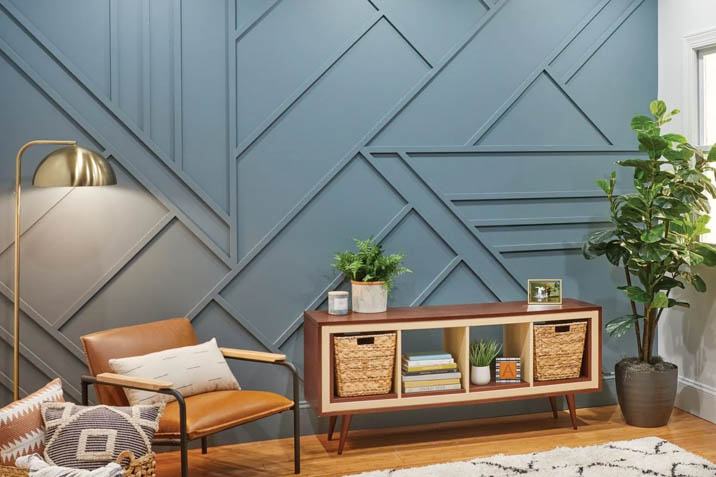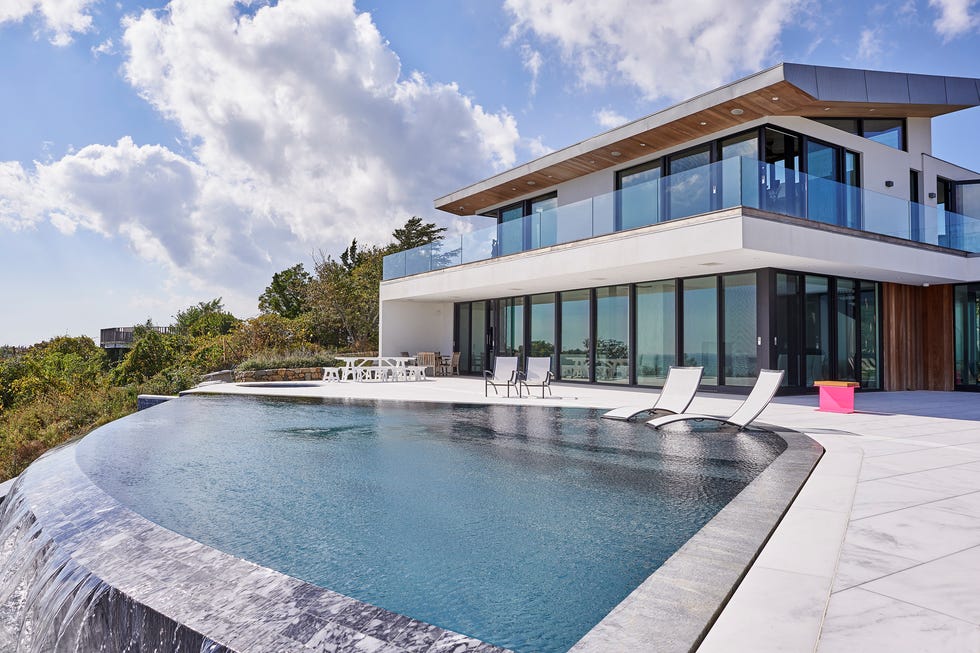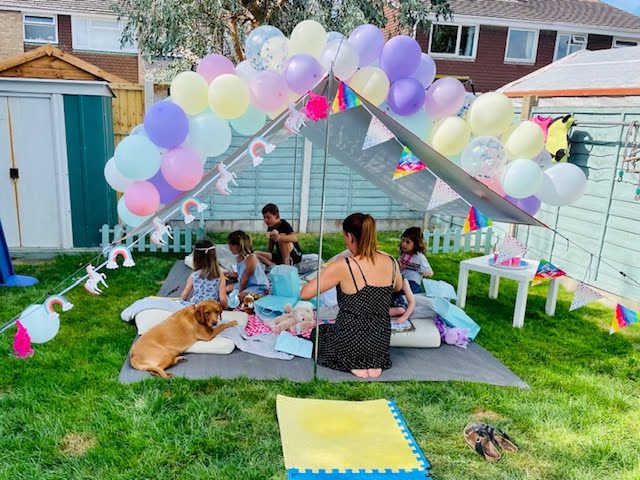Designing interiors is about balancing beauty with comfort. Internal timber cladding offers a way to introduce natural warmth while maintaining a refined look. By applying timber finishes to interior walls and ceilings, spaces gain character, texture, and a timeless style that can suit both modern and traditional settings.
A Versatile Material for Any Room
One of the greatest advantages of timber cladding is its versatility. It can enhance living rooms, bedrooms, hallways, and even bathrooms when properly treated. From rustic finishes that evoke countryside charm to sleek panels suited for contemporary apartments, timber adapts effortlessly. Its ability to pair with stone, glass, or metal also makes it a favourite choice among designers seeking layered, sophisticated aesthetics.
Enhancing Texture and Depth
Flat walls often lack visual interest, but cladding introduces depth and dimension. Vertical panels can make a ceiling appear higher, while horizontal designs create a sense of spaciousness. Textured finishes highlight the grain of the wood, casting subtle shadows that shift with natural and artificial light. This play of texture and tone elevates interiors beyond simple paint or wallpaper.
Creating a Calm and Welcoming Atmosphere
Timber is naturally associated with warmth and tranquillity. When used in interiors, it helps soften stark lines and cold materials like concrete or steel. Bedrooms benefit from a sense of calm created by wooden finishes, while living rooms become more inviting. For open-plan layouts, timber cladding can also act as a gentle divider, offering structure without enclosing the space.
Sustainability in Design
With growing awareness of sustainable living, timber cladding stands out as a renewable and eco-conscious option. Many designers select responsibly sourced wood to ensure interiors remain environmentally friendly. The durability of timber also reduces the need for frequent renovations, making it a practical and sustainable design solution that balances style with responsibility.
Pairing Timber with Colour and Light
The shade of timber chosen has a direct impact on the mood of a space. Lighter tones complement minimalist or Scandinavian interiors, amplifying brightness and enhancing the sense of openness. Darker timbers bring richness and intimacy, ideal for dining areas or libraries. The natural grain of the wood works beautifully with both warm and cool lighting, adapting the atmosphere throughout the day.
Adding Character to Modern Architecture
In contemporary architecture, clean lines and large windows dominate. Timber cladding provides a counterbalance, injecting natural texture into otherwise minimal designs. It prevents interiors from appearing too sterile, offering a subtle softness. Even a single feature wall clad in wood can transform the feel of a space, turning a plain backdrop into a focal point.
Practical Benefits Beyond Style
The advantages of timber cladding are not purely aesthetic. It also offers insulation benefits, helping to maintain room temperature and reduce noise levels. This makes it especially valuable in busy households or urban apartments where soundproofing is essential. Its resilience against wear and tear also ensures that interiors retain their elegance for years with minimal maintenance.
Customisation for Unique Designs
Timber cladding allows for a high level of personalisation. Boards can be arranged diagonally, chevron-style, or in intricate patterns to create striking effects. Finishes range from polished and smooth to rough-sawn for a rustic charm. Homeowners and designers can combine different woods to achieve contrast, ensuring that no two projects look the same.
A Timeless Choice for Interior Design
Trends in interiors come and go, but timber has always remained a constant. Its natural beauty, versatility, and practicality ensure it never falls out of style. Whether used sparingly for accents or extensively to envelop entire rooms, timber cladding continues to be a timeless way to create interiors that are both stylish and welcoming.





